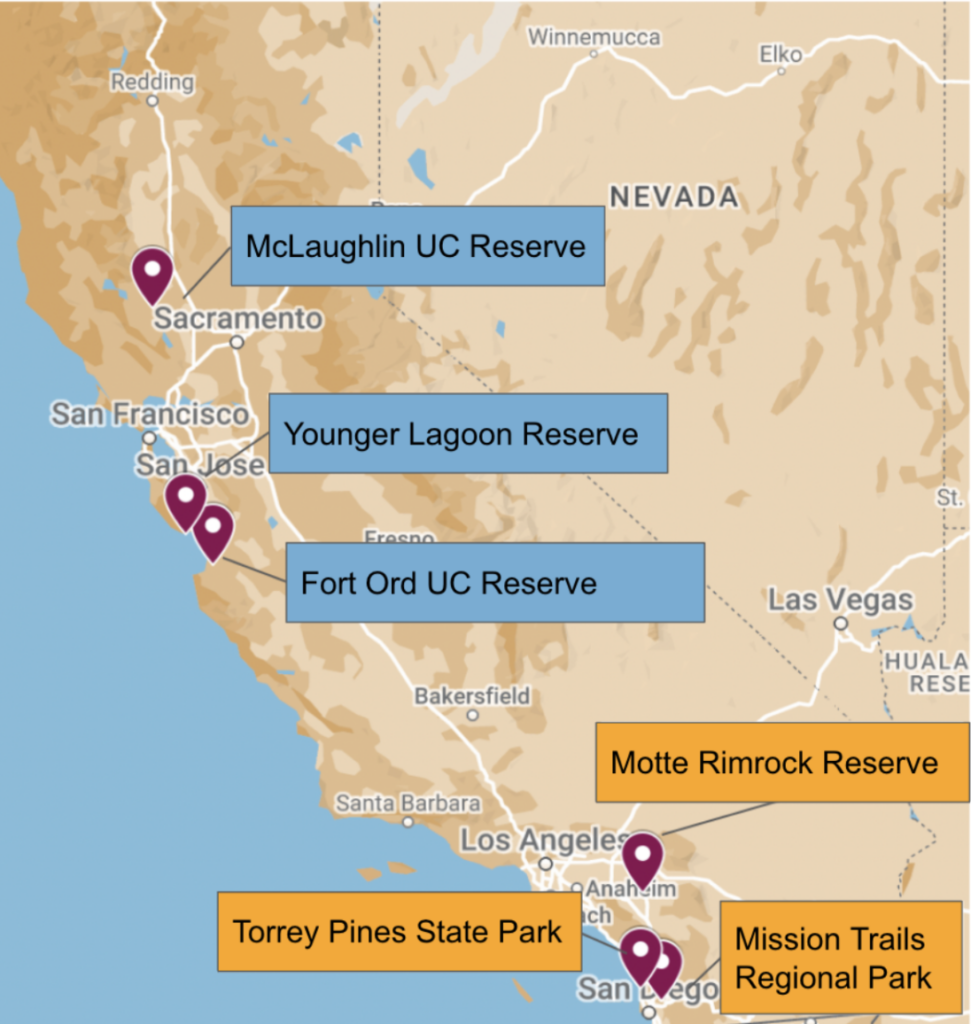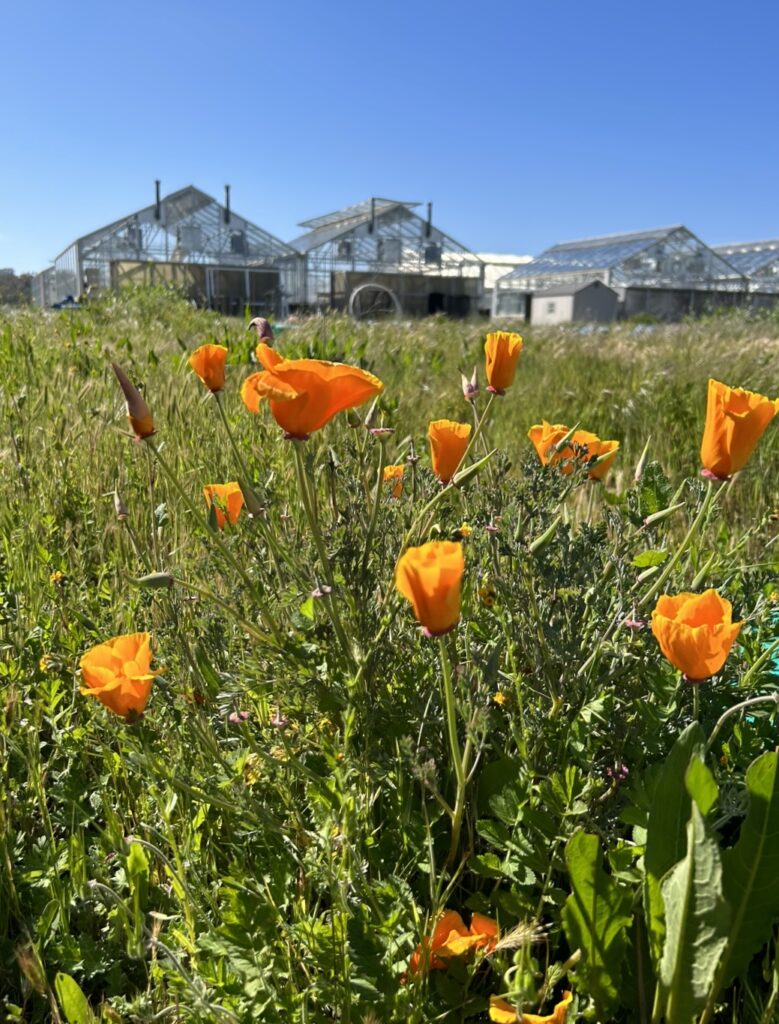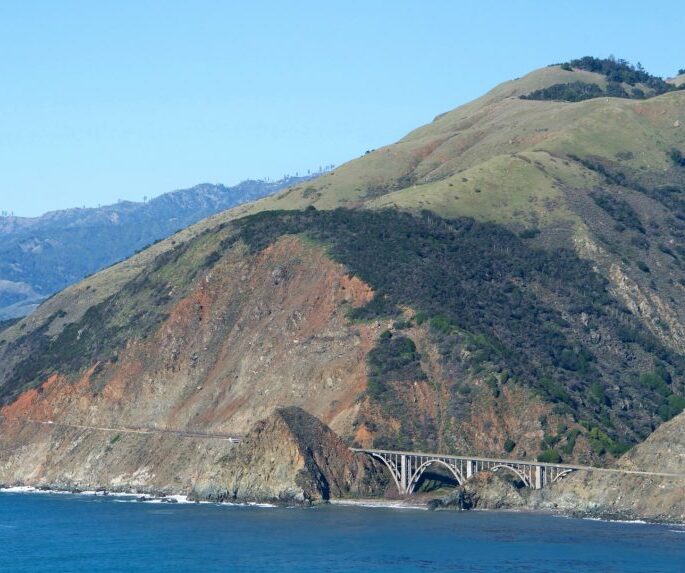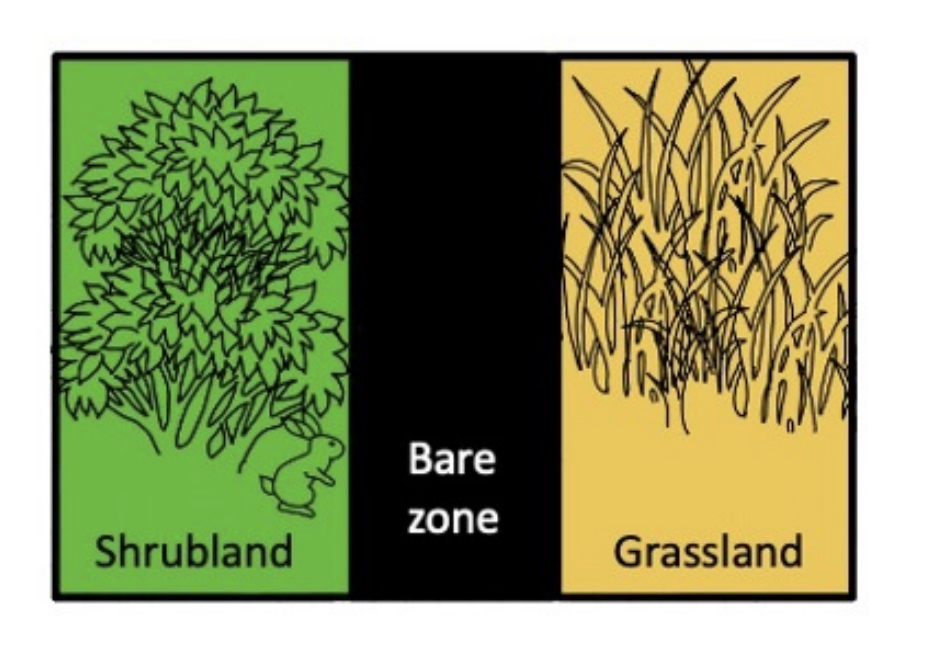SDG&E in San Diego: Corporate Influence, Financial Priorities, and Public Impact

Foundation For Economic Justice (FEJ)
Isabel Guitteau
08/21/24
During this internship I conducted research on SDG&E’s annual donations and rate assistance programs, analyzing financial trends and their impact on the community. This was accomplished with the guidance of Alan Ridley from FEJ and culminated with a presentation at the organizations Annual Dinner
This research examines SDG&E’s role in San Diego, focusing on its corporate structure, donation trends, and assistance programs. It highlights SDG&E’s ties to Sempra Energy, raising concerns about corporate influence and financial priorities. Analyzing 2019–2023 donations, the study identifies potential conflicts of interest and declining contributions despite rising profits. It also uncovers discrepancies in the CARE and FERA programs, including a troubling drop in FERA enrollment. These findings underscore the need for greater transparency and further research into SDG&E’s financial reports, legal interventions, and the effectiveness of assistance programs statewide.

Trait Expression of the California Poppy Assisted

Isabel Guitteau and Dr. Elsa Cleland
Department of Biological Sciences University of California San Diego
Jun 11, 2023
During my Senior internship I managed all aspects of research including the organization of seed populations, applying treatment, planting, data collection, data analysis, and day to day monitoring of over 1000 Poppies. This research was done in collaboration with fellow undergraduates, PHD candidates, and Professors. Research resulted in a Research Paper and a presentation at a final research symposium.
Assisted Gene flow Exploration, Influence of the Maternal and Paternal Parent on the Timing of Germination in E.Californica
California’s climate varies from north to south, with Northern California being less dry than the more arid Southern California. This difference affects the California poppy (Eschscholzia californica), where southern populations delay germination to survive droughts.
As climate change makes Northern California drier, introducing genes from southern populations (a process called Assisted Gene Flow) could help northern plants adapt. In experiments, seeds from northern and southern plants showed the same germination patterns as their original regions—northern seeds sprouted earlier, while southern seeds sprouted later. The mother plant primarily controls germination timing, while the father’s influence is minimal.

Post-fire impacts on vegetation and herbivory dynamics in a shrub-grassland ecosystem

California Ecology and Conservation (CEC) course and the University of California Natural Reserve System (NRS)
Isabel Guitteau, Kt Lynch, Seth Tantuico, Rachel Brown
During the CEC NRS course, I conducted research across six UC natural reserves, focusing on field monitoring and data collection. The course culminated in the publication of my findings on post-fire vegetation and herbivory shifts in the Landels-Hill Big Creek Reserve, which I later presented to a large academic audience.
Disturbances like fire and herbivory shape ecosystems, but habitat boundaries are especially sensitive to their effects. Along California’s Big Sur coast, interactions between shrubs and grasslands depend on these disturbances to maintain balance.
Our research examined how fire affects vegetation and herbivory in this ecosystem. After a fire, grass cover increased, overall herbivory decreased, and seed-eating (granivory) was highest in shrub areas and lowest in grasslands. This suggests that fire reduces herbivore-created bare zones, allowing grasses to spread where shrubs once dominated. While fire directly impacts herbivory, some seed-eating animals remain. Understanding how multiple disturbances interact is key to predicting ecosystem changes and maintaining stability.

